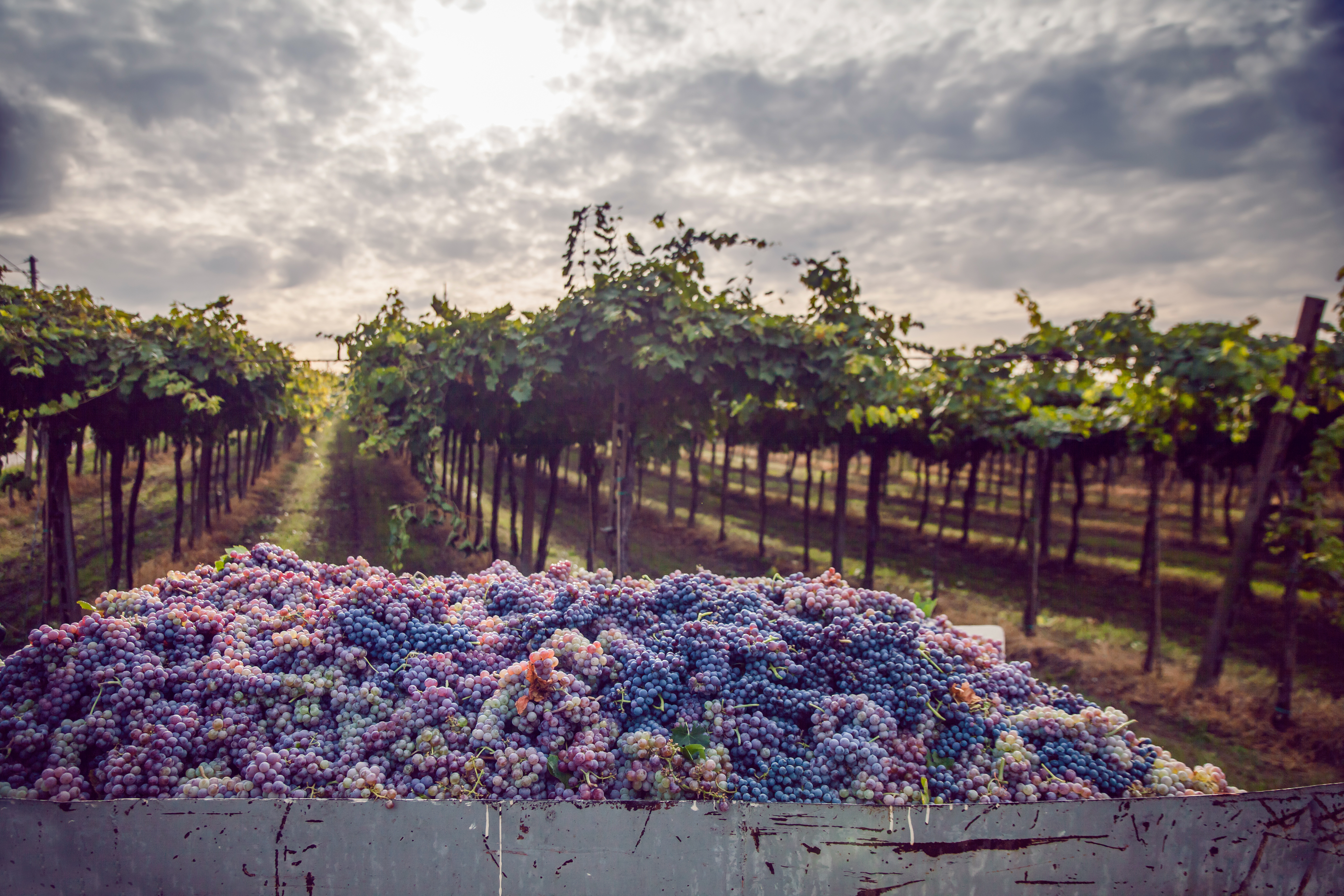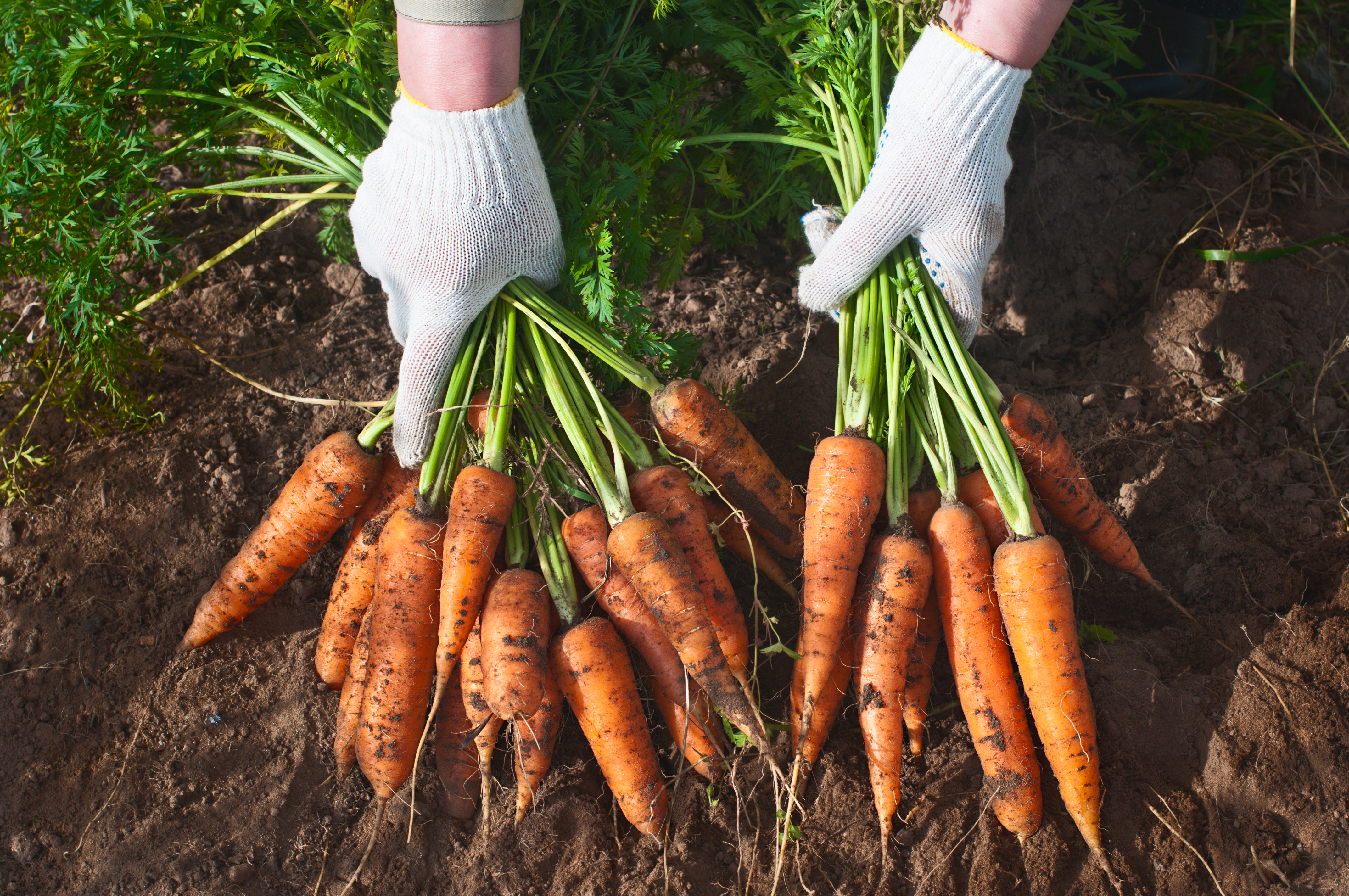Our products
We specialize in the import of fruits and vegetables from Southern Europe.
Our focus lies on strawberries, citrus and various vegetables.
We offer over 500 different products to our customers annually.
Browse for yourself through the variety of our offer.
Archiv
Halten Sie unsere Bestseller im Blick.
- CITRUS
- EXOTIC FRUITS
- BERRIES
- FRUITS
- VEGETABLES
- FUNGI
- LETTUCE
- HERBS
CITRUS

GRAPEFRUIT
CITRUS MAXIMA
Die Pflanzenart gehört zu den Rautengewächsen und stammt aus dem tropischen Südostasien. Verschiedene Zitrusfrüchte sind durch Kreuzung aus der Pampelmuse entstanden. Durch Die Pflanzenart gehört zu den Rautengewächsen und stammt aus dem tropischen Südostasien. Verschiedene Zitrusfrüchte sind durch Kreuzung aus der Pampelmuse entstanden. Durch Kreuzung der Pampelmuse mit der Mandarine entstand die Orange. Die Rückkreuzung von Orange und Pampelmuse ist die Grapefruit. Durch eine erneute Rückkreuzung von Pampelmuse und Grapefruit entstand wiederum die Pomelo.Kreuzung der Pampelmuse mit der Mandarine entstand die Orange. Die Rückkreuzung von Orange und Pampelmuse ist die Grapefruit. Durch eine erneute Rückkreuzung von Pampelmuse und Grapefruit entstand wiederum die Pomelo.

ORANGE
CITRUS SINENSIS
Oranges originate from China oder southeast Asia. It is a cross between mandarin and grapefruit. In Europa, oranges are harvested between August and October.

MANDARINE
CITRUS RETICULATA
The origin of the mandarins is suspected in northeastern India or southwestern China. The fruits of the mandarin are much smaller than oranges, taste less acidic than the orange and have a distinctive intense and complex aroma.

LEMON
LIME
It is a group of varieties that originated from a cross between bitter orange and lemon, probably in northern India. The juicy sour pulp contains around 3.5-8% citric acid and plenty of vitamin C. Lemons produce juice, citric acid, essential oil and pectin.
FUNGI

CHANTERELLE
CANTHARELLUS
They are among the most popularly eaten species of wild mushrooms. They are orange, yellow or white, meaty and funnel-shaped.They are common in northern parts of europe, North and Central America, Asia and Africa.

AOYSTER MUSHROOM
PLEUROTUS OSTREAUS
Both the common name and the Latin name refer to the shape of this mushroom species. The fruiting bodies of the oyster usually appear in dense clusters on the substrate and initially have a tongue-like shape to spatulate, later a semicircular appearance.
The stem measures 1-4 cm long, 1-3 cm wide and is usually found on the side of the hat. In Chinese these mushrooms are called píng gū.

STEINPILZ
BOLETUS EDULIS
Die Steinpilze bilden eine Sektion in der Gattung Dickröhrlinge. Die Arten werden aufgrund der schwierigen Unterscheidbarkeit für Laien häufig unter diesem Namen zusammengefasst. Die Bezeichnung Steinpilz rührt daher, dass das Fleisch fester ist als das der meisten anderen Pilze

CLUTURE CHAMPINGNON
BREEDED- CHAMPINGNON
Breeded mushrooms are a fungal species of the genus of the button mushrooms.
It is the world's most widely cultivated edible mushroom and can occur through breeding efforts, in various sizes and color variations.
LETTUCE

ICEBERG LETTUCE
CRISPHEAD
Iceberg lettuce belongs to the Crisphead group along with the Batavia salad, an older form with heads open at the top. The stem axis is heavily compressed, the leaves overlap and form a dense, round "head". It is very heat-sensitive and was originally adapted for growth in the northern US. Though it does ships well, it is low in flavor and nutritional content, being composed of even more water than other lettuce types.

ARUGULA
RUGULA
Arugula is a type of vegetable, for culinary purposes considered a type of leafy vegetable. It is grown mainly as a salad plant. Originally known in German-speaking countries, but forgotten, the plants were popular again under its Italian name. In Roman times, it was customary to eat the vegetable in the Mediterranean and even considered to be an aphrodisiac.

LETTUCE
LACTUCA SATIVA
The lettuce is a species group of garden salad. The stem axis is heavily compressed, so that the leaves form a dense, round "head". The lettuce leaves are usually eaten raw. The lettuce is said to derive from the wild lettuce, a steppe plant found in much of southern Europe and the Middle East.

FRISEE LETTUCE
Unlike normal lettuce, the frisee lettuce does not form "heads", but the leaves are harvested gradually from the outside to the inside. It has a spicy and slightly bitter flavor, which enhances the flavor of any salad and contrasts very well with other flavors and strong vinaigrettes. As we take out leaves, it clarifies its color and diminishes its bitter taste. Escarole offers its greatest splendor in winter.
HERBS

MINT
Mint is derived from the genus of perennial herbaceous plants. It is included among the aromatic herbs of greater diffusion and is appreciated for its characteristic refreshing aroma. It is used in gastronomy, as well as in other uses such as the pharmacist.

BASIL
KING OF HERBS
Basil is a culinary herb of the family Lamiaceae (mints). Basil is possibly native to India, and has been cultivated there for more than 5,000 years. It is often used as a seasoning in cooking. Basil's proposed health benefits include reducing inflammation, plus anti-aging and antibacterial properties.

PARSLEY
The parsley is a biennial plant of the umbelliferae family and occurs wild in the Mediterranean and in the Canary Islands.
In Europe and throughout the Mediterranean, the smooth or curly leaves of their cultivars, depending on the variety, are among the most common culinary herbs. Parsley was considered a sacred plant in ancient Greece.

OREGANO
Oregano is a species in the genus Dost of the mint family.
Oregano thrives best in dry and sunny locations. It is resistant to temperate climates. For harvest, whole stems are cut off above the ground and hung to dry in a dark room. After drying, the leaves can be stripped off the stalk and stored dry
FRUITS

PEAR
PYRUS
The pears belong to the potted fruit plants in the rose family. The fruits of the pears can be eaten raw as fruit, dried to obtain dried fruit, used as an ingredient in cooking or juiced. Pears are a cultural companion. Later research found that the pear tree was also worshiped by the Babylonians as a sacred tree.

APPLE
MALUS
The apples form a genus of maloideae from the rose family. The genus includes about 42 to 55 species of deciduous trees and shrubs from forests and thickets of the northern temperate zone in Europe, Asia and North America, from which a large number of often difficult to distinguish hybrids has emerged.

PEACH
The peach is a plant of the genus Prunus within the rose family. Its fruits are called peaches and are considered stone fruit. The main growing areas for peaches are China, Italy, Spain, Greece, Turkey.

NECTARINE
BLAUBEERE
The nectarine is a mutant of the peach with smoother instead of the otherwise furry skin. The nectarine was already known at the turn of the century in China, Persia and Greece. In England it has been cultivated since the 17th century. The nectarine has become popular only in recent decades, mainly through breeding in the United States. It is grown mainly in Italy, France, Spain, Greece, California, Chile and South Africa.
VEGETABLES

CARROT
Carrots , are root vegetables, usually orange in colour, though purple, black, red, white, and yellow cultivars exist. The oldest evidence of the use of wild and cultivated carrots comes from ancient Greece and Rome.

CUCUMBERS
Cucumbers form a genus of plants within the Cucurbitaceae family. It is one of the most important vegetables from the economic point of view. In relation to different uses, there are two types of varieties: cucumber and pickle. Both are cultivated nowadays all over the world and sometimes they can also be wild.

TOMATO
The origin of the tomato is Central and South America, where the wild forms from northern Chile to Venezuela are widespread and native. The largest variety of cultural forms can be found in Central America. There were tomatoes from the Maya and other peoples around 200 BC. Up to 700 AD, as "Xitomatl" cultivated.

PEPPER
The pepper is mainly known for its fruits, which are used as a vegetable and spices. Depending on its size, color and taste, as well as its spicyness, special names such as chili, Spanish pepper, hot peppers, peperoncini or pepperoni are needed. The origin of pepper species and cultivars is Central and South America. During excavations in a valley near Mexico, evidence was found that the peppers were already around 7000 BC. Served as crops.
BERRIES

STRAWBERRY
FRAGARIA
Fragaria is a genus of flowering plants in the rose family, Rosaceae, commonly known as strawberries for their edible fruits. There are more than 20 described species and many hybrids and cultivars. The most common strawberries grown commercially are cultivars of the garden strawberry. Strawberries have played a role in the human diet since at least the Stone Age.

RASPBERRIES
Raspberries have been known
since ancient times as medicinal plants. The content of vitamin C, potassium
and fruit acids to promote the immune system and wound healing. In the Middle
Ages, it was mainly cultivated in monasteries. Already in 1601 Clusius
distinguished between red and yellow species. Wild raspberry is widespread in
temperate Europe and western Siberia

CURRANT
BLAUBEERE
The red currant or garden currant is a plant of the gooseberry family. The red currant is common in almost all of Europe. Wild, it occurs only in Belgium, the Netherlands, France, Germany, Italy and Poland. In the rest of Europe, she has run out.

BLUEBERRY
BILBERRY
The blueberry regionally also called
bilberry, is a kind from the family of the heather plants.
The blueberry is growing with emphasis in
the temperate and Nordic zones of Europe and Asia. The commercially available
cultivated blueberries do not come from European, but from North American .
EXOTIC FRUITS

PINEAPPLE
ANANAS COMOSUS
the pineapple or
the cone or pinecone, is a perennial plant of the bromeliad family, native to
South America. This species, of small size and with hard and lanceolate leaves
up to 1 meter long, is cultivated worldwide in tropical areas as a fruit plant.
The main areas of pineapple cultivation are found in Thailand, Costa Rica,
Brazil and the Philippines.

DRAGON FRUIT
PITAHYA
Dragon fruit is the name given to the fruit
of some Hylocereus species of the cactus family. The outer color is red or
yellow. The red pitahaya have either a white or red pulp.
The taste of the
red-fleshed fruit is more intense than the white-fleshed one. The main growing
countries are Nicaragua, the People's Republic of China, Vietnam and Israel.

STAR FRUIT
CARAMBOLA
The star fruit is next to the cucumber tree
one of two species from the genus of cucumber trees. The star fruit is similar
in taste to the gooseberry. The pulp of ripe carambola tastes aromatic and
sweet with a sour note; immature star fruit, on the other hand, tastes much
more acidic thanks to its much higher content of oxalic acid.
The original home
of the star fruit is Southeast Asia, India and Malaysia. Today, however, the
carambola also grows in other tropical and subtropical countries such as South
America, Africa, Florida, China, Indonesia and the Caribbean islands.

MANGOS
MANGIFERA
Mangoes are counted as fruit. There are now
over 1000 varieties of mangoes that differ in shape, size and taste.
Mangos have a yellow-golden tone when ripe,
sometimes with patches of green. The fruit surrounding the seed is succulently
sweet, fresh, and juicy with just the right touch of tartness.
Mangos were first cultivated in India
several centuries ago. Most mangos consumed in the U.S. are produced in Mexico,
Ecuador, Peru, Brazil, Guatemala, and Haiti.
















